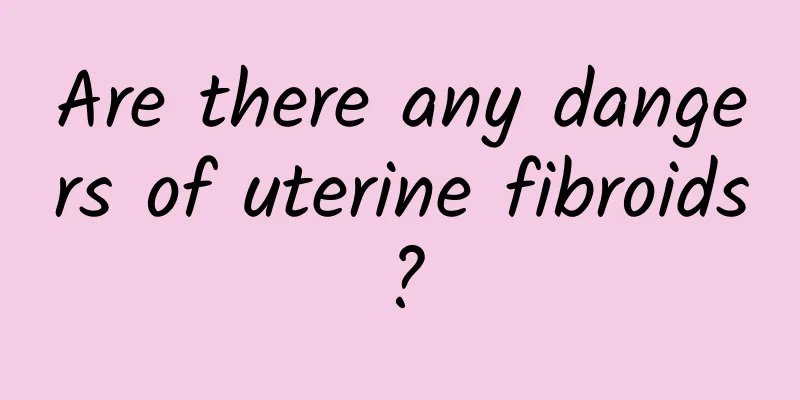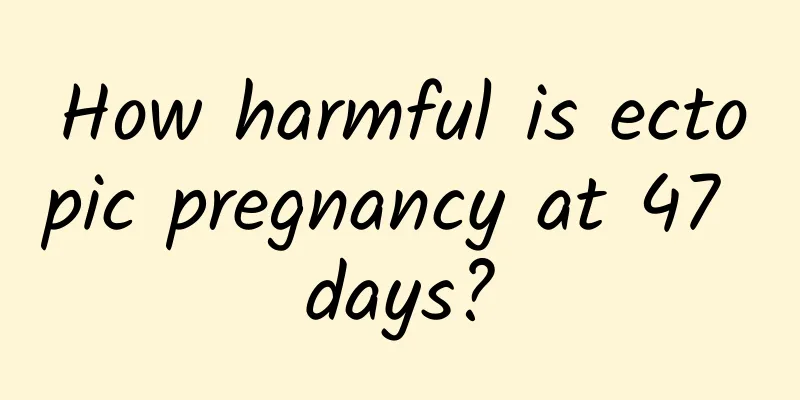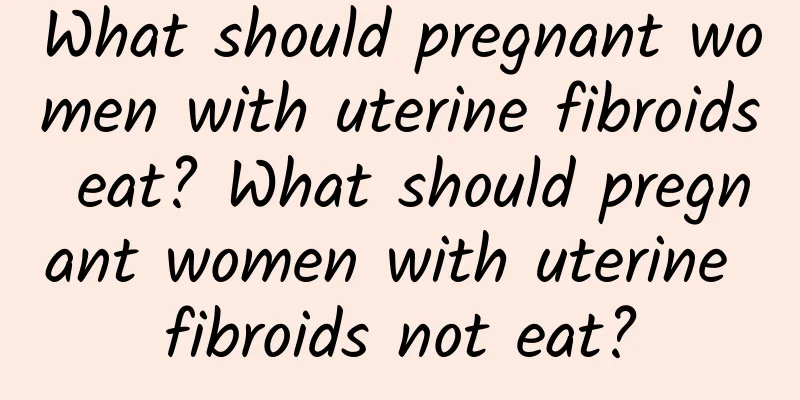Are there any dangers of uterine fibroids?

|
Uterine fibroids may affect women's reproductive health and quality of life, including menstrual abnormalities, anemia, abdominal pain, and even reproductive function. The treatment plan should be determined according to the size and location of the tumor. Scientific management and timely treatment can effectively reduce possible harm. 1The main harm of uterine fibroids Uterine fibroids are the most common benign tumors in women. Common symptoms include menstrual cycle disorders and excessive menstrual flow, which can lead to chronic blood loss and iron deficiency anemia, manifested as fatigue, dizziness and other discomfort. If the fibroids are located inside the uterus or close to the uterine cavity, they can cause abdominal pain or compression symptoms, such as frequent urination and difficulty defecating. If the patient has fertility needs, larger fibroids may cause difficulty in fertilization or risk of miscarriage, which deserves special attention. In rare cases, fibroids may become cancerous. 2How to determine whether treatment is needed For small, asymptomatic uterine fibroids, observation and follow-up are usually adopted. Regular ultrasound monitoring, such as every 6-12 months, is key to detect changes in the fibroids in a timely manner. If fibroids cause significant symptoms or have a serious impact on your quality of life and well-being, treatment should be considered, especially if heavy menstrual flow causes anemia. 3 Treatment methods Drug treatment: used to control symptoms and inhibit the growth of fibroids. Commonly used drugs include gonadotropin-releasing hormone agonists (GnRH agonists), which reduce the size of the tumor by reducing estrogen levels, but long-term use may cause osteoporosis. Mifepristone or birth control pills can also be used to improve bleeding problems. Minimally invasive treatment: High-intensity focused ultrasound (HIFU) is a non-invasive treatment method that can destroy the internal tissue of the tumor through high temperature and is suitable for those who do not want surgery. Surgical treatment: For larger or symptomatic fibroids, myomectomy or hysterectomy is a common choice. Myomectomy preserves the uterus and is suitable for those who want to have children, while hysterectomy is for those who have menopause or do not want to have children. 4 Life Management Suggestions Dietary precautions: It is recommended to consume iron-rich foods such as red meat, animal offal, and spinach to prevent anemia, and avoid high-fat, high-estrogen foods such as processed foods and soy products to reduce stimulation of tumor growth. Moderate exercise: Relaxing exercises such as yoga and walking can improve the body's immunity and reduce stress. Regular check-ups: Even if there are no obvious symptoms, women over 40 or those with irregular menstruation need to undergo a gynecological examination once a year. Uterine fibroids may cause a variety of health problems, but with reasonable examinations and scientific management, most fibroids have little impact on women's lives. If obvious symptoms occur, you should consult a doctor as soon as possible to choose a suitable treatment plan. |
<<: What causes chronic cervicitis and what to check
>>: Can I only take painkillers for dysmenorrhea? Is it because of uterine cold?
Recommend
How to effectively treat female cervical erosion? It is recommended to treat female cervical erosion in this way
Cervical erosion is actually a common gynecologic...
What to do if the menstrual flow is very heavy after abortion
After an abortion, women will not only suffer phy...
Eating more pears in autumn and winter is good for health preservation and Chinese medicine treatment
In traditional Chinese medicine, autumn is classi...
The famous doctor lost 18 kilograms in one and a half years! Key tips: "Half-sugar diet" plus "these two types" of exercise
If fatty liver disease is left untreated, it may ...
What are the causes of ovarian cysts?
The original follicles or oocytes in the ovaries ...
Understand the main manifestations of acute cervicitis
What are the basic symptoms of acute cervicitis? ...
What are the specific manifestations of cervicitis?
Gynecological diseases, especially cervicitis, ar...
What foods should I eat for dysmenorrhea? High calcium foods are good
When women have their period, basically many peop...
Can dysmenorrhea be cured?
Can dysmenorrhea be cured? Dysmenorrhea is a majo...
Where is the best place to see cervical warts
In today's life, many people suffer from vari...
What causes dysmenorrhea?
Women often experience dysmenorrhea during their ...
Expert introduction: Comprehensive situation of acute cervicitis
Regarding the understanding of cervicitis, in gen...
What are the causes of vaginitis?
Many women suffer from vaginitis to varying degre...
Treatment principles for right adnexitis pain
The treatment principles for right-sided adnexiti...
Common examination items for cervical erosion
Cervical erosion is not a disease, but a manifest...









